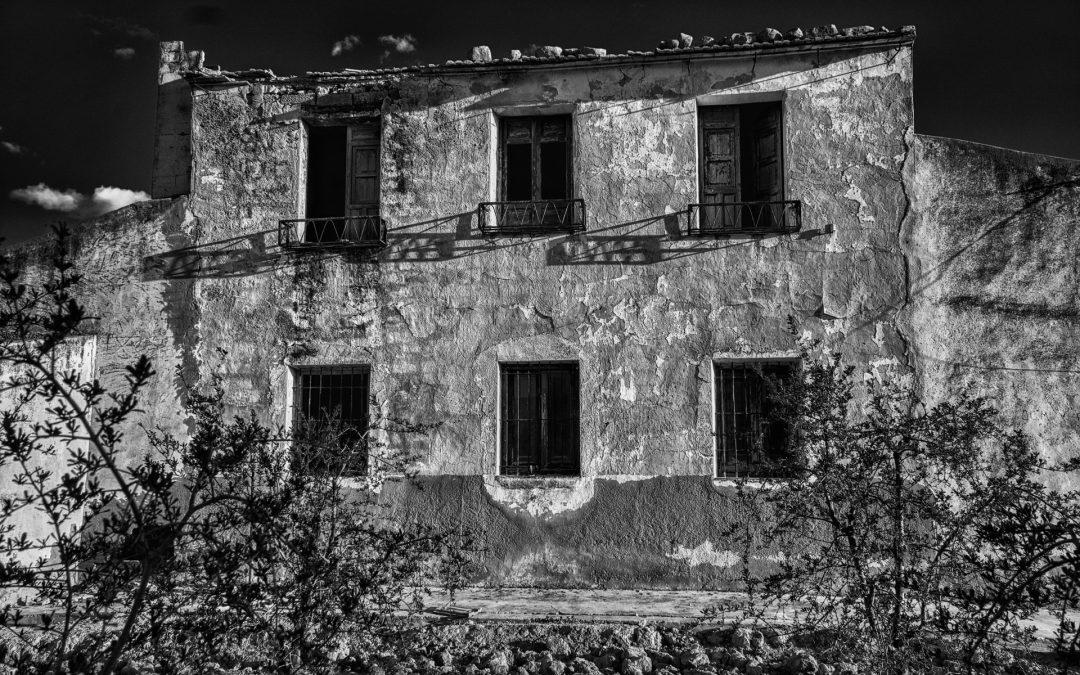The Historical Significance of Spanish Farmhouses
Spanish farmhouses, or ‘cortijos’, are emblematic of the rural cultural landscape of Spain, particularly in regions like Andalusia. These structures have not only served as homes but have also been pivotal in the agricultural development of the country. Traditionally built from local materials, they blend seamlessly into the rural environment, reflecting an era when agriculture was the primary livelihood for many. Their architectural features, including thick whitewashed walls, terracotta roofs, and wooden beams, provide a window into the past and the resilient design tailored to the Mediterranean climate.
Architectural Characteristics of Cortijos
The design of Spanish farmhouses is deeply intertwined with the local geography and climate. Structurally, these farmhouses are built to withstand the hot southern Spanish summers, with features like high ceilings and large windows promoting ventilation. The exterior often includes a courtyard or ‘patio’, which acts as a central gathering space for family activities. This layout not only offers practical solutions to daily life but also preserves a sense of community and family heritage, which is fundamental in Spanish culture.
The Decline of Rural Farmhouses
In recent decades, there has been a notable decline in these traditional farmhouses. The rural depopulation driven by the search for jobs in urban centers has left many of these beautiful buildings abandoned and in disrepair. This shift poses a threat not only to the physical structures themselves but also to the cultural heritage they represent. As younger generations move away from farming, the historical and architectural legacy encapsulated in these farmhouses risks being lost.
Preservation Efforts and Challenges
Preserving these historic structures is fraught with challenges. Financial constraints and bureaucratic hurdles often complicate restoration efforts. Moreover, the isolated locations of many farmhouses make them less attractive for modern living or tourism-driven rehabilitation. However, there are ongoing efforts to preserve these buildings through various means, including grants, heritage tourism, and private initiatives by individuals passionate about preserving their cultural heritage.
The Role of Agrotourism in Revitalizing Spanish Farmhouses
Agrotourism has emerged as a viable solution for the preservation of Spanish farmhouses. By converting farmhouses into tourist accommodations, owners can generate income that can be reinvested into the maintenance and preservation of these structures. Tourists seeking authentic experiences are drawn to these rustic retreats, which offer a glimpse into the rural Spanish way of life. This not only helps preserve the buildings but also revitalizes local economies and promotes cultural exchange.
Impact on the Local Economy
The renovation and repurposing of farmhouses into agrotourism sites have a ripple effect on the local economy. They create jobs, from construction to hospitality, and boost local crafts and produce. By attracting tourists, these sites support local artisans, farmers, and small businesses, creating a sustainable ecosystem that benefits the entire community.
Future Directions for Spanish Farmhouses
Looking ahead, the key to preserving Spanish farmhouses lies in innovation and community involvement. Integrating modern amenities with traditional designs can make these farmhouses more appealing to contemporary audiences. Moreover, involving local communities in the preservation process can help ensure that these efforts are sustainable and culturally respectful. Educational programs that teach the historical significance and practical skills needed to maintain these farmhouses can also play a crucial role in their preservation.
Conclusion
The vanishing Spanish farmhouses are more than just architectural entities; they are a repository of history, culture, and traditional Spanish life. Efforts to preserve them are crucial for maintaining cultural heritage and can also contribute to local economies through agrotourism. By addressing the challenges of preservation with innovative solutions and community involvement, there is hope that these historical structures will continue to be a vibrant part of Spain’s rural landscape. The journey to preserve Spanish farmhouses is not just about maintaining buildings but is also about retaining the soul of Spain’s rural heritage.
